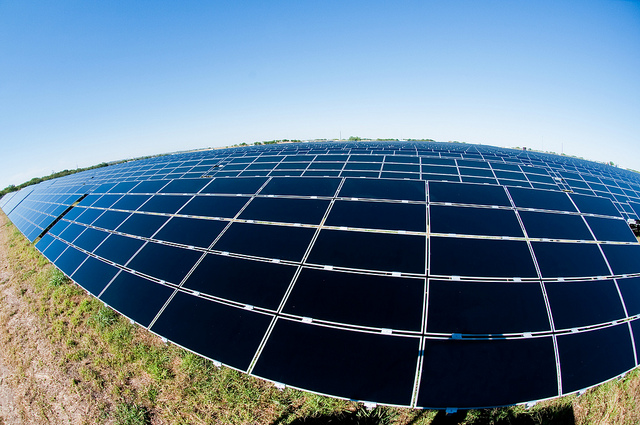
The option of using solar power has already been embraced in many places, but for the most part thus far any big solar power landscapes have needed to be set up in pretty big areas. The panels and mirrors required to make the process work after all do need to go somewhere. But new advancements in the technology will make it possible to fit more solar power panels into smaller areas, which could completely change the way we approach the energy generating possibilities it provides. The newer solar panels are not only smaller, but many of them are see through and sticky which means almost any surface could be turned into a solar power panel.
One example of how this has already hit the marketplace, is through clothing or accessories with solar panels attached. There are already watches and backpacks available that have solar power charging capabilities, and one designer has made a prototype for a coat that has the ability to charge a smartphone in about two hours by relying only on solar energy. Considering how much we rely on our phones for pretty much everything, there is obviously a huge space in the market for this sort of idea.
Over in Japan, abandoned golf courses have proven to be great places to put in solar panels. Japan is densely populated so large, unused areas fit to hold solar panels are not as easy to come by as they might be in other places. The lessoned interest in golf over there has proven to give them a boost in the solar panel department.
“Solar can provide a particularly productive and environmentally friendly use for defunct golf courses,”says Kyoto-based solar system maker Kyocera. As to why he cites the “expansive land mass, high sun exposure, and a low concentration of shade trees.”
The water is also a great place to put solar panels, since they can also be made to float. In Australia there are solar panels being used at a waste treatment plant, and in Japan a reservoir is being used to house solar panels. When the one in Japan is completed it will create enough energy to power 5,000 households. The panels have been created to last through intense weather, so it’s easy to see how this particular idea could take off in the future.
Paving roads with solar panels is another idea that a few different groups have been working on. In Amsterdam there is a solar panel road in place that produces some energy. The amount is pretty minimal, as it quite a bit less than the average household could create, but still it works and the idea is a worthy one.
The newest technology in solar panels is the kind that are completely clear, and could be used on windows and even directly on the face of our cell phones in the future. Another interesting idea regarding creating energy goes beyond the solar kind and actually uses the energy of footsteps. The concept is called piezoelectricity and has been tested out on sidewalks in France, and a shopping center in Sydney.
Isn’t this expensive though
Solar panels on our phones? That I’m ready for
We have a few solar panels at our house, I’d recommend anyone do it